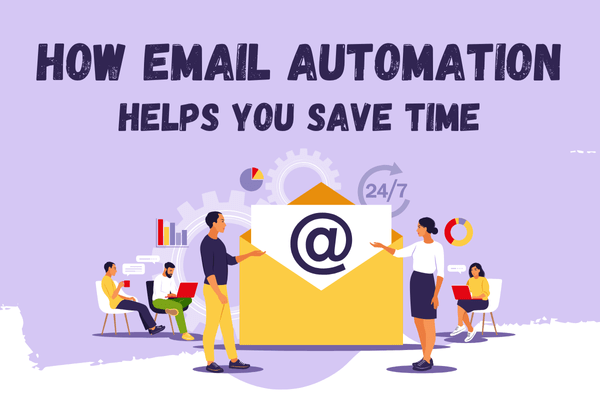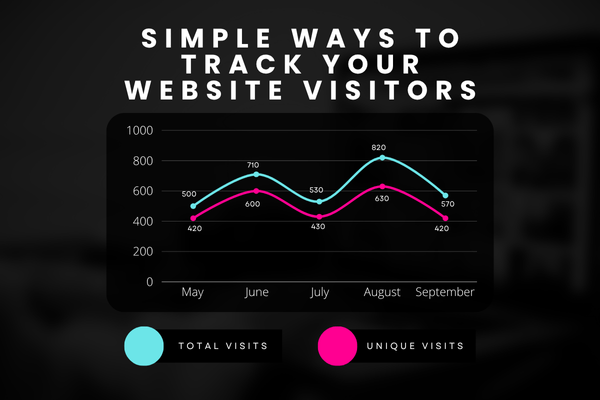Email automation helps small business owners send the right message at the right time without having to do it manually. It saves time, keeps communication consistent, and helps turn leads into customers.
When someone signs up on your website or buys a product, you don’t have to send an email every single time. With email automation, you can set up a rule that does it for you. These rules are called workflows.
A simple example is a welcome email. As soon as someone joins your mailing list, they get a friendly message saying hello, sharing more about your business, and giving them a reason to stay connected. You only need to set this up once. After that, every new subscriber gets it automatically.
Email automation can also send follow-ups. Let’s say a customer buys something. You can send a thank you email, then another message after a few days asking for feedback, and maybe one more offering a discount on their next order. All of this happens in the background while you focus on running your business.
It also helps with reminders. If someone starts filling your booking form or shopping cart but doesn’t finish, you can send a gentle nudge after a few hours. This can help recover lost sales.
You don’t need expensive tools to start. Platforms like Mailchimp, Brevo, and ActiveCampaign have free plans or low-cost options. Most of them offer drag-and-drop builders that make it easy to create and organize your emails.
To keep things simple, think about what actions your customers usually take. Then match each action with a helpful email. Don’t overdo it. One or two automated messages per action is often enough. Your goal is to stay helpful, not become annoying.
Write your emails in a friendly tone. Talk like a real person. Avoid long blocks of text. Keep it short and easy to read. Add a clear subject line and a button or link that tells people what to do next.
Also, test and improve over time. Most tools show you how many people opened your emails or clicked your links. If something isn’t working, try changing the subject line or the timing.
Email automation is not just for selling. It can also be used to educate. Share tips, updates, or behind-the-scenes content. When people learn something useful from you, they are more likely to trust and buy from you later.
If you’re not using email automation yet, you’re doing extra work that can be handled by simple tools. Start with just one or two workflows. As you grow, you can add more based on your needs.
Automated emails help you build relationships, stay consistent, and never miss an opportunity. That’s the kind of support every small business owner deserves.


